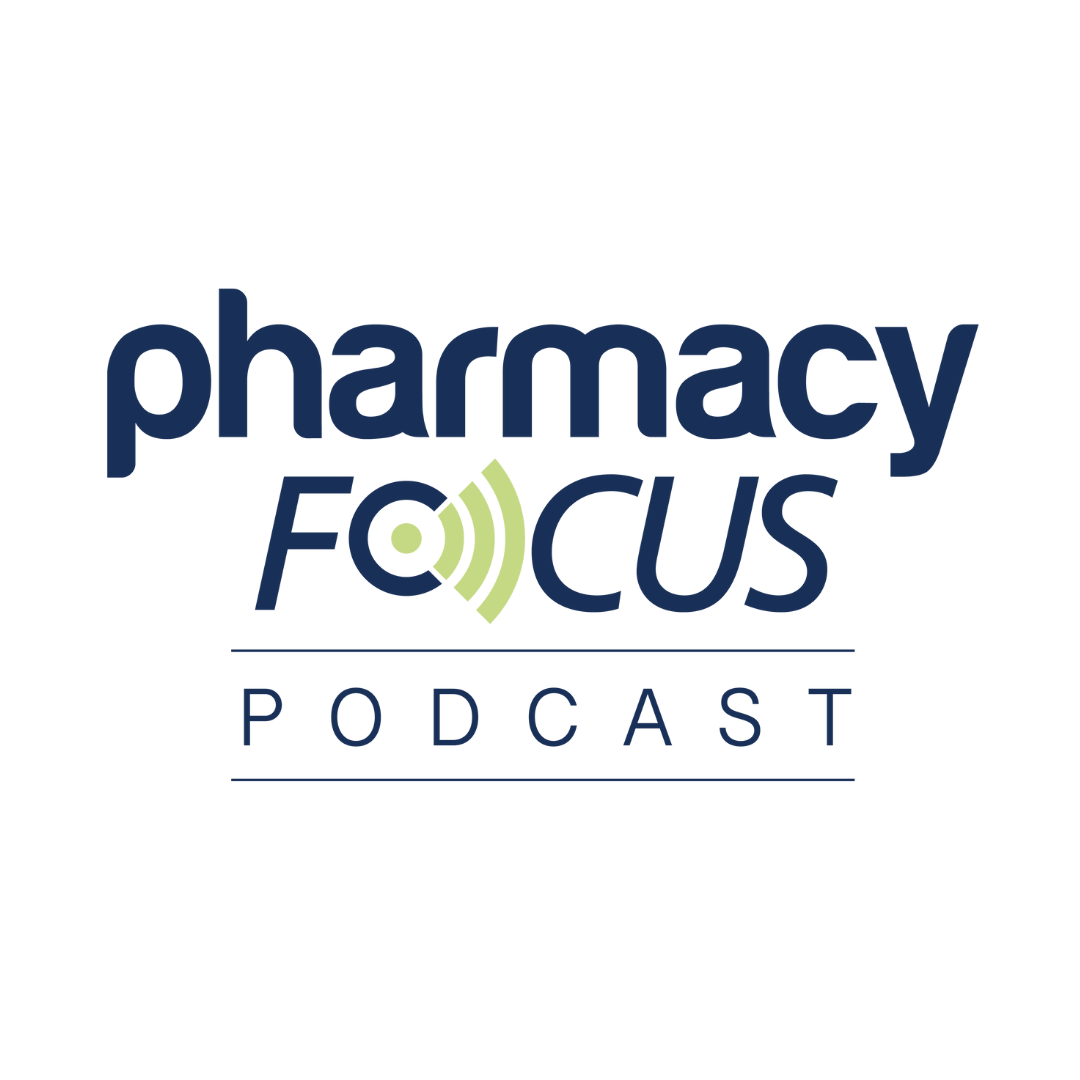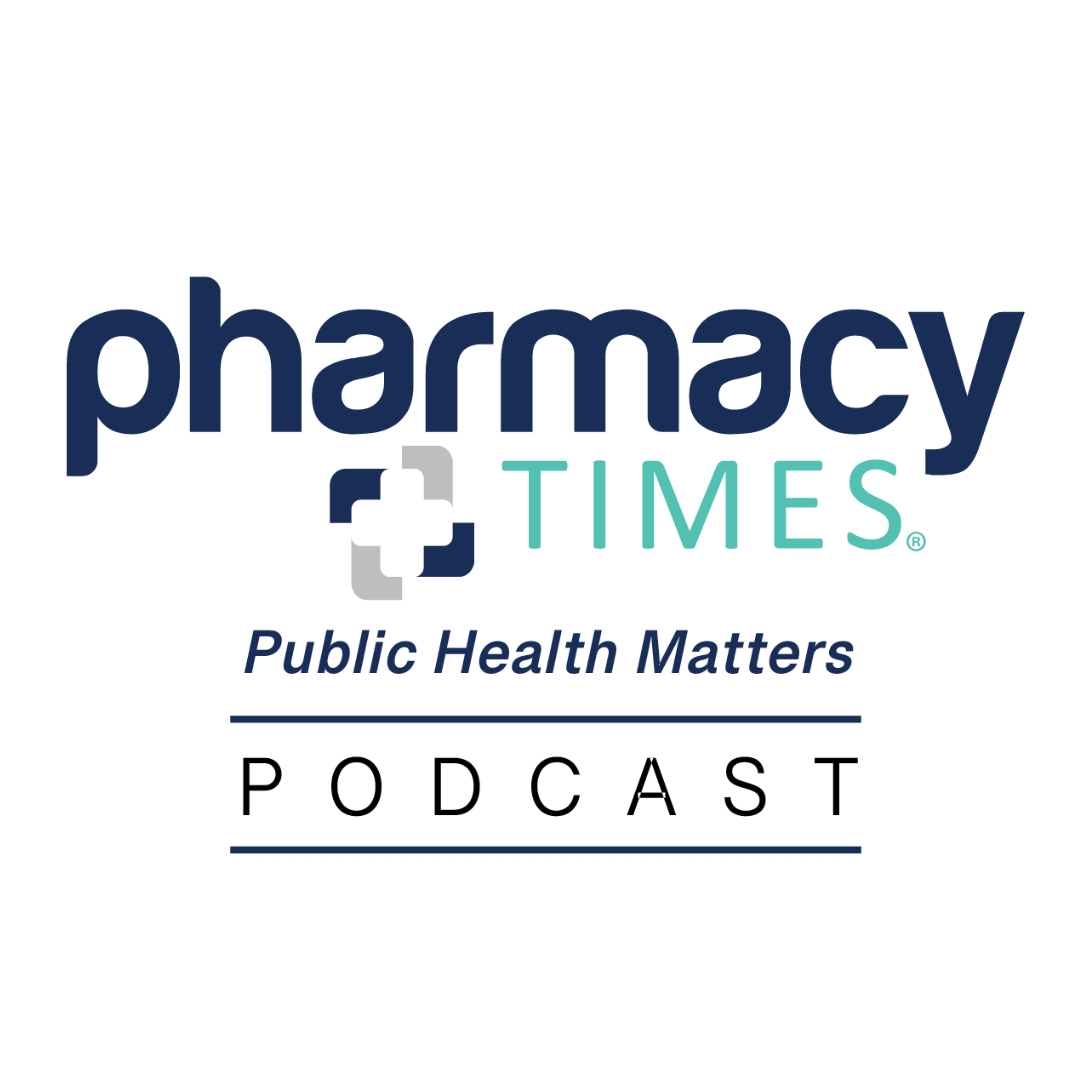Commentary
Article
Use of Long-Acting Injectable Antipsychotic Medications in Schizophrenia Treatment
Author(s):
Schizophrenia is a chronic mental illness that significantly affects patients through its symptoms, associated health conditions, and treatment challenges, with long-acting injectable antipsychotics offering potential benefits in improving adherence and reducing relapses.
Schizophrenia is a complex mental illness that can affect a person’s ability to think clearly, manage emotions, make decisions, and relate to others.1 There are 3 categories of symptoms related to the illness: positive, negative, and cognitive. Positive symptoms include delusions and hallucinations, and negative symptoms include social withdrawal and minimal emotion. Cognitive symptoms include problems with understanding and decision-making.2
Schizophrenia is now considered to be on a spectrum and encompasses many forms, including schizotypal personality disorder, delusional disorder, brief psychotic disorder, schizophreniform disorder, and schizoaffective disorder.3
Image Credit: © freshidea - stock.adobe.com

Though schizophrenia only affects about 1% of the population, it is among the top 15 causes of disability in the world.4 There is no cure for the disease, and it is generally considered difficult to treat, though it can be managed with medication.
Impact on Health, Economy, and Society
The percentage of people with schizophrenia is low, but the disease has significant health and economic effects, both for those who have the illness and for society at large. One example is the impact on insurance providers; in the United States, current statistics show that about 70% of people with the disease are covered by Medicaid.5
Furthermore, people with schizophrenia have higher rates of substance use disorders and are more likely to have additional mental illnesses than the rest of the population. Common mental comorbidities with schizophrenia can include panic disorder, posttraumatic stress disorder, obsessive compulsive disorder, generalized anxiety disorder, and social anxiety disorder.6 People with schizophrenia also have a higher suicide rate than the general population—their rate is about 4.9%,7 while for the general population, the suicide rate is about 1.3%.8
In terms of physical health, certain illnesses and conditions are more common in people with schizophrenia than in people without it. These conditions include diabetes, hypothyroidism, liver disease, pancreatitis, hepatitis C, renal failure, and fluid and electrolyte disorders. People diagnosed with schizophrenia are also more likely to have conditions across disease categories.9 In general, people with schizophrenia have a lower life expectancy and are likely to die 20 years earlier than the rest of the population.10 During the COVID-19 pandemic, people with schizophrenia were particularly at risk; schizophrenia was the second biggest risk factor for death from COVID-19 (age was the first).11
The economic and financial consequences of schizophrenia are enormous. With a patient diagnosis at age 25, the average societal cost for a person with schizophrenia is $3.8 million over a lifetime—that is about $92,000 per year of life post-diagnosis. In 2020 in the US, the total cost of schizophrenia treatment among US populations was estimated at $281.6 billion.12
There are both direct and indirect costs associated with schizophrenia. For people with schizophrenia, direct costs were about $62 billion. The biggest chunk of that was for health care, followed by supportive housing or homelessness, criminal justice, and supplemental security or Social Security disability income. In 2020, indirect costs related to schizophrenia reached over $115 billion, and a large part of that figure related to caregivers. The largest percentage of those indirect costs were for unpaid caregiving followed by non-employment and reduced wages, shortened life expectancy, reduced quality of life, caregiver health care, caregiver productivity, and caregiver out-of-pocket expenses.13
There are also general societal costs. About half of the people in mental health hospitals have schizophrenia.14 A large percentage of the unhoused population in the US is thought to have schizophrenia, at approximately 20%.15 Further, up to 4% of incarcerated people have schizophrenia, and their stays in prison are often longer than the stays for those who do not have the condition.16
Treatments for Schizophrenia
Schizophrenia is a chronic illness that is best managed with maintenance treatment. Acute episodes in schizophrenia are treated differently from maintenance of schizophrenia. In acute episodes, patients often experience psychosis. The symptoms of psychosis are treated with high doses of antipsychotic medications and a greater level of medical care. Maintenance treatment also include antipsychotics, but at a different dosage. A patient’s stage of illness helps to determine dosage.
Maintenance Drugs and Therapies
After acute psychosis has been successfully treated, maintenance drugs and therapies are used. The goals of maintenance therapy for schizophrenia include avoidance of relapses and minimization of symptoms, including but not limited to hallucinations, agitation, paranoia, mood changes, sleep disturbances, suicidal or homicidal ideation, and cognitive or behavioral abnormalities. One important key to successful treatment is patient education, sharing of care plan decision making, and minimization of adverse effects (AEs). Information on AEs becomes especially important, because some common ones can be misinterpreted as worsening of symptom illness by the patient and can then cause premature discontinuation and/or nonadherence. When there is medication adherence and therapy is maintained, patients are more able to manage activities of daily living and to be integrated into society.
Maintenance treatment of schizophrenia may include first- or second-generation antipsychotic agents in oral, sublingual (SL), transdermal (TD), or long-acting injectable (LAI) formulations.17 A novel oral schizophrenia treatment entered the market in late 2024 that works differently than other therapies. Xanomeline and trospium chloride (Cobenfy; Bristol Myers Squibb) has been shown to improve both positive and negative symptoms, with fewer reports of weight gain and EPS.18 Below is a listing of the FDA-approved antipsychotic medications for use in the US19:
First-generation/typical oral antipsychotics (these are dopamine blockers and have more extrapyramidal symptoms [EPS] than second-generation agents):
- Chlorpromazine (Thorazine; Smith, Kline & French, now GlaxoSmithKline)
- Fluphenazine (Prolixin; Apothecon Pharmaceuticals; Permitil; Squib)
- Haloperidol (Haldol; Janssen Pharmaceutica)
- Loxapine (Loxitane; Watson Laboratories, Inc; Adasuve, Alexza Pharmaceuticals, Inc)
- Molindone (Moban; Endo Pharmaceuticals)
- Perphenazine (Trilafon; Teva Pharmaceuticals, Inc, Etrafon/Triavil/Triptafen; Mylan Pharmaceuticals, Inc)
- Pimozide (Orap; Alkermes, Inc)
- Thioridazine (Mellaril; Novartis/Sandoz/Wander)
- Thiothixene (Navane; Pfizer)
- Trifluoperazine (Stelazine; Smith, Kline & French, now GlaxoSmithKline)
Image Credit: © eyetronic - stock.adobe.com

Second-generation/atypical antipsychotics (these work at both the dopamine and serotonin receptors, which are more commonly prescribed due to fewer EPS):
- Aripiprazole (Abilify; Otsuka Pharmaceuticals Co Ltd and Bristol-Myers Squibb)
- Asenapine (SL or TD) (Saphris; Schering-Plough now Merck & Co)
- Brexpiprazole (Rexulti; Otsuka America Pharmaceuticals, Inc and Lundbeck Pharmaceuticals LLC)
- Cariprazine (Vraylar; AbbVie and Gedeon Richter plc)
- Clozapine (for refractory cases or those with high suicide risk) (Clorazil; HLS Therapeutics (USA), Inc, FazaClo ODT; Novartis Pharmaceuticals Corp, Versacloz; Jazz Pharmaceuticals, Inc)
- Iloperidone (Fanapt; Vanda Pharmaceuticals)
- Lumateperone (Caplyta; Intra-Cellular Therapies)
- Lurasidone (Latuda; Sumitomo Dainippon Pharma through Sunovion Pharmaceuticals Inc)
- Olanzapine (Zyprexa; CHEPLAPHARM)
- Paliperidone (metabolite of risperidone) (Invega; J&J Innovative Medicine)
- Pimavanserin (for psychosis due to Parkinson disease) (Nuplazid; Acadia Pharmaceuticals)
- Quetiapine (Seroquel; CHEPLAPHARM)
- Risperidone (Risperdal; Janssen Pharmaceuticals, Inc)
- Ziprasidone (Geodon; Pfizer)
LAIs (active ingredients of the parent chemical entity):
- Aripiprazole ER, intramuscular (IM) (Abilify; Otsuka Pharmaceuticals Co Ltd and Bristol-Myers Squibb; Abilify Maintena; Otsuka and Lundbeck, Aristada; Alkermes plc)—4 weeks, 8 weeks
- Aripiprazole lauroxil (pro-drug of aripiprazole), IM (Aristada Initio; Alkermes)—one-time loading dose and maintenance doses 4, 6, or 8 weeks depending upon dose
- Fluphenazine decanoate, IM or subcutaneous (SQ) (first generation (Prolixin;Apothecon Pharmaceuticals, Permitil; Squib)—variable, 2 to 6 weeks
- Haloperidol decanoate, IM (first generation) (Haldol; Janssen Pharmaceutica)—4 weeks
- Olanzapine pamoate, IM (Zyprexa; CHEPLAPHARM)—2 or 4 weeks depending upon dose
- Paliperidone palmitate, IM (Invega; Janssen Pharmaceuticals, Inc.)—4 or 12 weeks, or 6 months
- Risperidone, microspheres, IM (2 or 4 weeks) or ER subcutaneous (SQ) (Risperdal Consta; Janssen Pharmaceuticals, Inc.)—4 or 8 weeks depending upon dose
Muscarinic receptor agonist and antimuscarinic combination
1. Xanomeline (Cobenfy; Bristol Myers Squibb); trospium chloride (Sanctura XR; Indevus Pharmaceuticals, Inc)
Evidence-based psychosocial interventions are also used and recommended (but will not be addressed in this article).
Adverse Events
The AE profiles for antipsychotic medications are similar between the oral version and the LAIs because the active drugs are still metabolized by the same enzymes and similar risk evaluation and mitigation strategies must be followed where applicable. The most common AEs, regardless of route of administration, can include extrapyramidal symptoms, tardive dyskinesia, sedation, dry mouth, cardiovascular effects, neurologic symptoms including seizures, metabolic changes (eg, weight gain, dyslipidemias, sexual dysfunction), and recurrence of patient symptoms.20
Oral medications can lead to unpredictable blood levels, which could cause more relapse occurrences, as well as challenges in some patients with absorption of the drug. Given the injectable route of administration, LAI AEs can cause redness or pain at the site of injection. Although they share similar AE profiles, LAIs come with lower dose-dependent AEs, such as hyperprolactinemia, whereas extrapyramidal symptoms and tardive dyskinesia are experienced similarly between routes in first-generation agents.21
Benefits of Using LAIs
An inability to tolerate the many AEs of antipsychotic medications and the anosognosia frequently present with a schizophrenia diagnosis can make treatment difficult.22 LAI antipsychotics may be helpful for patients frequently relapsing and/or struggling with nonadherence.23 LAIs are most frequently used in people who have had multiple symptomatic episodes as opposed to first episodes, or people with controlled or mild symptoms, and in cases where the patient is able to detect warning signs of relapses.
Unlike the oral pill burden, LAIs can be given at longer intervals, extending the time to redosing from daily to weeks apart, which can aid in treatment adherence. These improvements in adherence may prevent relapses and potentially may also prevent hospitalizations.21 LAIs are indicated in patients whose nonadherence leads to symptoms of high consequence behaviors such as arrest, assault, self-harm, or loss of housing or employment. Other patients who may benefit from LAIs are those who have been treatment-resistant, intolerant of dose-dependent AEs, experiencing poor enteral absorption, or preferring a longer acting formulation.
Contrarily, some experts feel LAIs are sometimes overly relied upon, possibly due to a patient’s lack of cognitive or behavioral interventions or psychosocial support.24 LAIs should be avoided in people with hypersensitivity or contraindication to these formulations.
Use of LAIs Upon Initial Diagnosis and After Previous Diagnosis
Early diagnosis and treatment of schizophrenia is associated with better disease prognosis.25 However, the choice in agent for a first episode is generally recommended to be a second-generation oral antipsychotic medication dosed at the lower end of the recommended dosing range and then titrated given fewer EPSs.26 Once titrated to response, it may be appropriate to transition to an LAI for treatment.
In general, patients experiencing their first psychotic episode respond better to treatment overall than patients who have had multiple psychotic episodes regardless of cause. Prolonged or repeated psychotic episodes can lead to neuropsychological or neurophysiological effects on brain structure. Evidence suggests that these prolonged or repeated episodes, left untreated, can lead to an increase in resistance to treatment.27
Cost Considerations
The potential clinical benefits of LAIs may improve overall patient outcomes, hospitalizations, and emergency room visits, which can also translate into a lower economic burden. Payer coverage depends upon the payer benefit and the drug designation as either a pharmacy benefit or a medical benefit. Lower costs associated with seeking less medical care can offset the higher costs of these drugs and thus affect total cost of care.28
Conclusion
Maintenance drugs to treat schizophrenia can be administered in several ways. LAIs may provide some advantages over other routes of administration. They have a number of potential benefits to patients, which can then have a potential positive trickledown effect on health care costs and overall economic and societal impacts.






